
Introduction
It often happens that kids who travel in a bus or a car andread a book at the same time, start feeling weird at some point in time, justas if there is something scrambled in their heads. The strange sensation whichis referred to here is actually called motion sickness. It occurs when thesignal which is sent from the eyes and the proprioception to the brain and thesignals sent from the vestibular system to the brain do not quite match.Propriception is the name for nerve endings located in numerous parts of thebody, and they are in charge of responding to various stimuli regarding themovement and the position of the body. The vestibular system is comprised of acertain number of organs which are in charge of mediating the labyrinthinesense and maintaining the equilibrium in the body. The medical name for motionsickness is kinetosis and it is described as nausea and dizziness induced bythe motion which occurs during traveling in a moving vehicle of any type. Othernames for this medical condition include airsickness, carsickness, seasicknessand travel sickness. The most common symptoms of motion sickness includenausea, fatigue, headache, vomiting, increased salivation, paleness of the skinand cold sweats.
Motion Sickness Medication for Children
One should always be aware that children are much morevulnerable to any side effects triggered by medications than the adults. It isalways recommended to consult a doctor before using any medicaments. Kids whoare between 2 and 12 years old need to intake no more than 1.5 milligrams per kilogrambody weight of dimenhydrinate in order to get relief from the motion sickness. Analternative to that is a dosage of no more than a milligram per kilogram ofbody weight of Diphenhydramine. A child should take a dose an hour beforeleaving, and every 6 hours if the actual journey is that long. Metoclopramideand prochlorperazine may also be used, but only after consultations with aphysician. Some people also suggest that antihistamines are the only type ofmedication which should be used for children, but the Food and DrugAdministration has never confirmed that.
Motion Sickness Prevention
The children should always sit facing forward during thedrive. Facing backwards is usually associated with the occurrence of motionsickness. They should be encouraged to view as much moving objects as possible.Sitting in the place which is in the middle of the vehicle also helps.


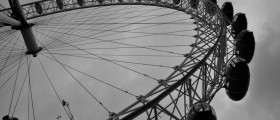

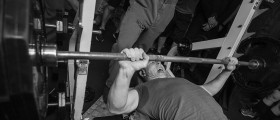


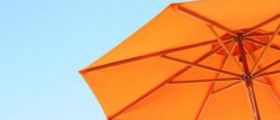

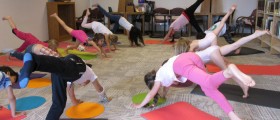
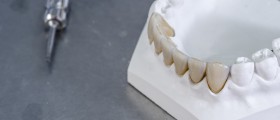

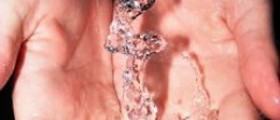
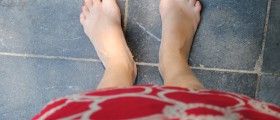
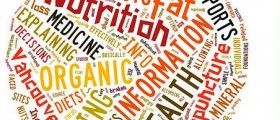
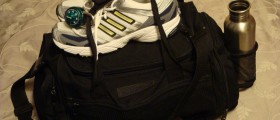
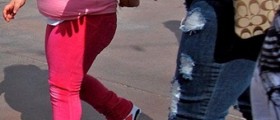
Your thoughts on this
Loading...